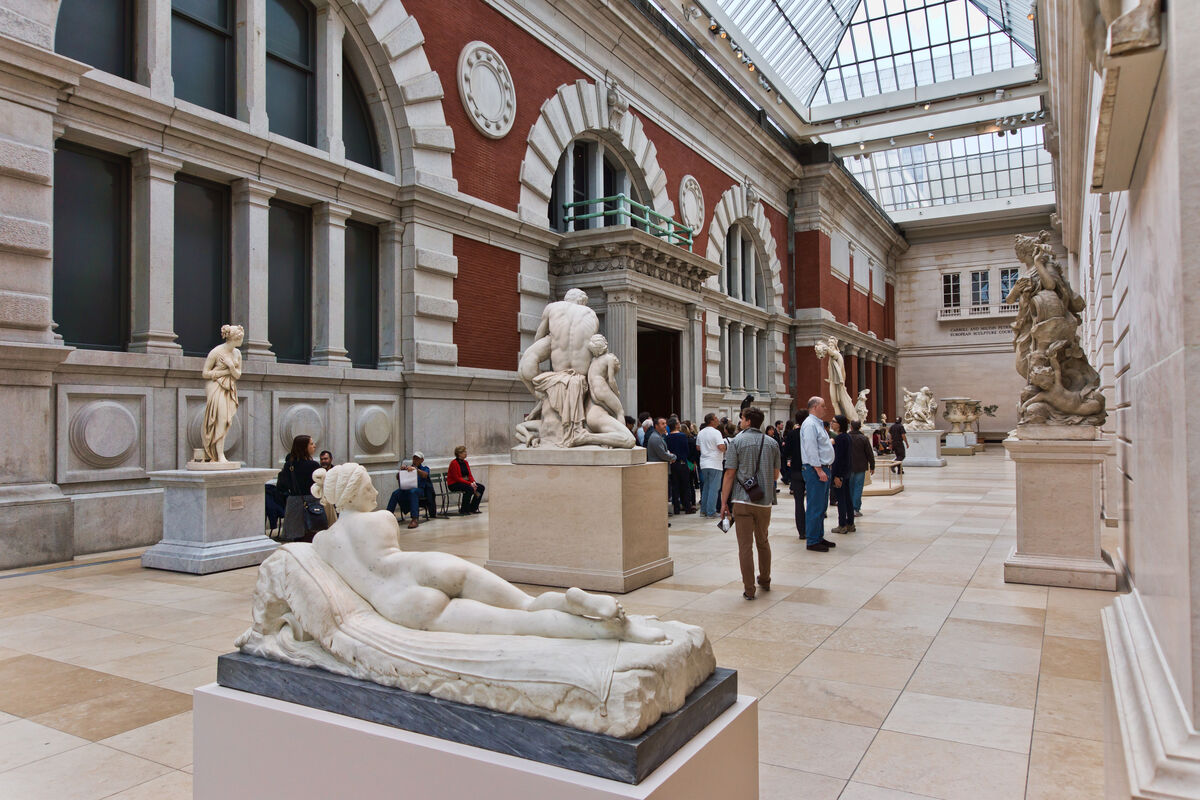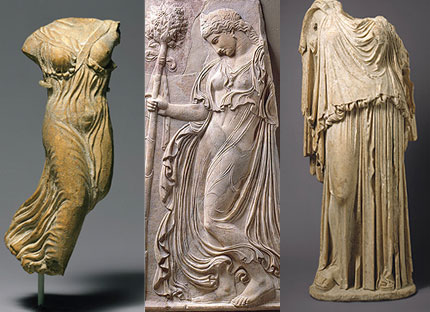An undergarment chiton or peplos and a cloak himation or chlamys. During this period the actual known corpus of greek art and to a lesser extent architecture has greatly expanded.
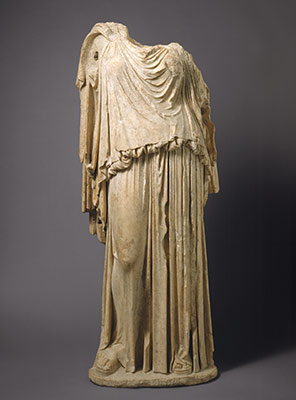
Classical Art And Modern Dress Essay Heilbrunn Timeline
The garments they wore were made for function and they were made simply.
Greek sculpture cloth. Many of the styles have been reproduced and copied by some of what the modern day audiences would class as some of the finest artists to have ever lived a great example here is michelangelo. The ancient greeks were not fussy about their clothing. The overall aesthetic of classical greek art is known as classicism see western aesthetics.
In antiquity clothing was usually homemade and the same piece of homespun fabric could serve as a garment shroud or blanket. A single piece of fabric could be styled and restyled to fit a particular occasion or a fashion. Greek artists would reach a peak of artistic excellence which captured the human form in a way never before seen and which was much copied.
While large scale bronze sculptures are usually hollow stone statues are necessarily solid and must therefore be carefully designed so as not to break under their own weight. The classic period of greek art is what is most often brought to mind when thinking about the artistic achievements of that nation. A quick brief classical of greek art.
Clothing for both women and men consisted of two main garmentsa tunic either a peplos or chiton and a cloak. Clothing in ancient greece primarily consisted of the chiton peplos himation and chlamysancient greek men and women typically wore two pieces of clothing draped about the body. However how we see that art today in its smooth white edifices and sculptures is not what was seen or intended at the time it was crafted.
Greco buddhist art is the artistic manifestation of greco buddhism a cultural syncretism between the classical greek culture and buddhism which developed over a period of close to 1000 years in central asia between the conquests of alexander the great in the 4th century bc and the islamic conquests of the 7th century ad. The sculpture of ancient greece from 800 to 300 bce took early inspiration from egyptian and near eastern monumental art and over centuries evolved into a uniquely greek vision of the art form. The greeks decided very early on that the human form was the most important subject for artistic endeavour.
Greek vase painting and traces of paint on ancient sculptures indicate that fabrics were brightly colored and generally decorated with elaborate designs. Greek art especially sculpture continued to enjoy an enormous reputation and studying and copying it was a large part of the training of artists until the downfall of academic art in the late 19th century. Ancient greek sculpture is the sculpture of ancient greecemodern scholarship identifies three major stages in monumental sculptureat all periods there were great numbers of greek terracotta figurines and small sculptures in metal and other materials.
Greek sculptors worked primarily in stone especially marble and bronze. And with greek summers being brutally hot the less fabric and. Ancient greek clothing was mainly based on necessity function materials and protection rather than identity.
Greek art and sculpture has had a profound effect for art throughout the ages.
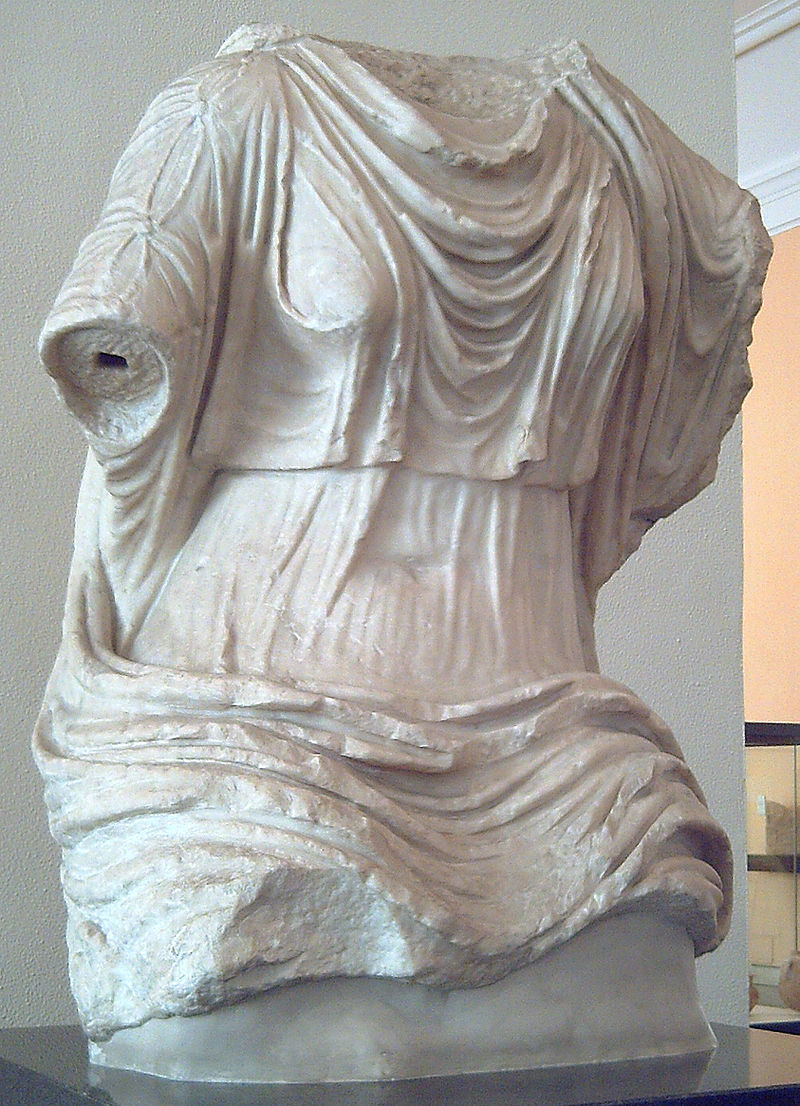
The Ancient Greeks And Romans Didn T Wear Pants Because They
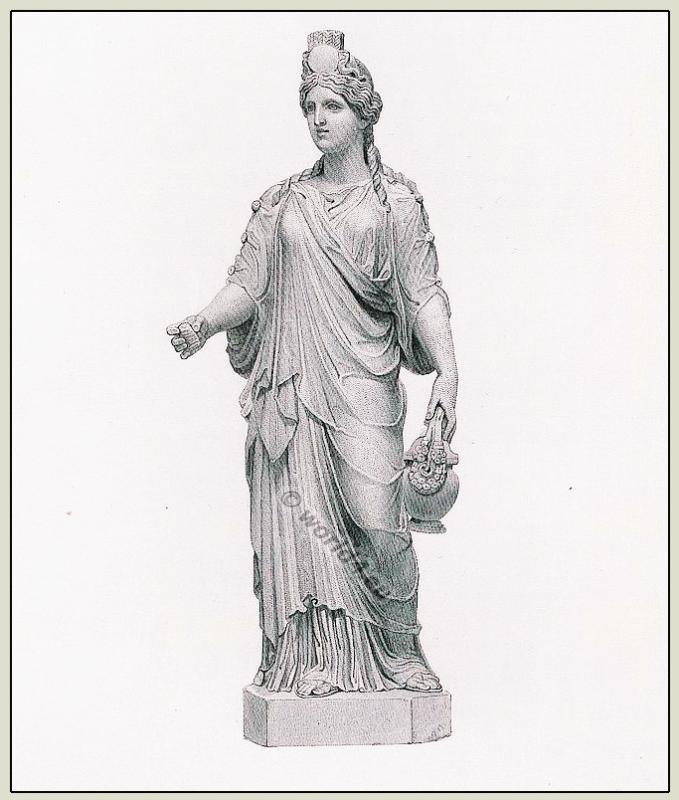
Statue Of Ceres The Roman Goddess Of Agriculture Fertility
How Did Giovanni Strazza Carve The Veiled Virgin Quora
:max_bytes(150000):strip_icc()/GettyImages-116021858-5a8c672d119fa8003780c4a5.jpg)
The 6 Types Of Togas Worn In Ancient Rome

Amazon Com Leighhome Easy Care Cloth Tablecloth Round
